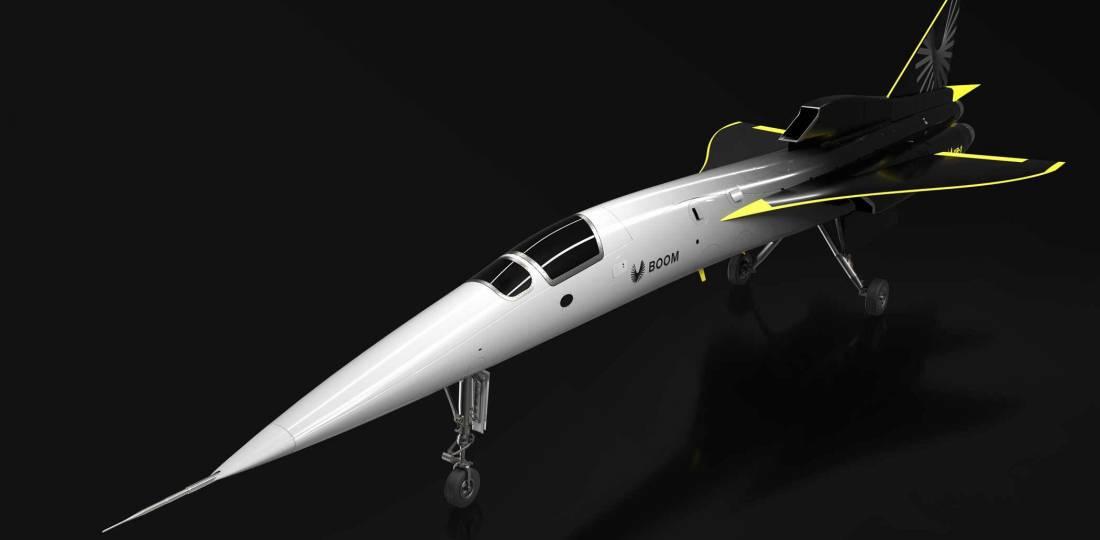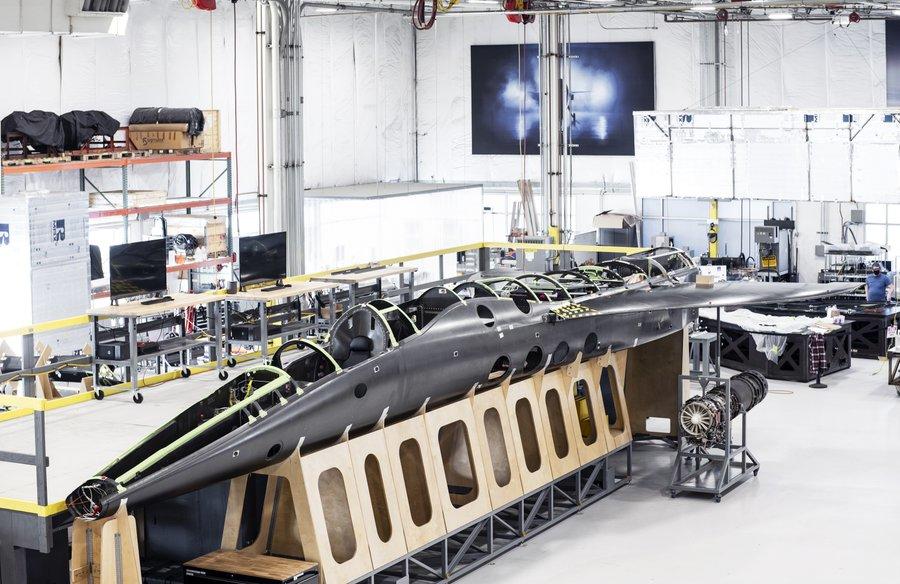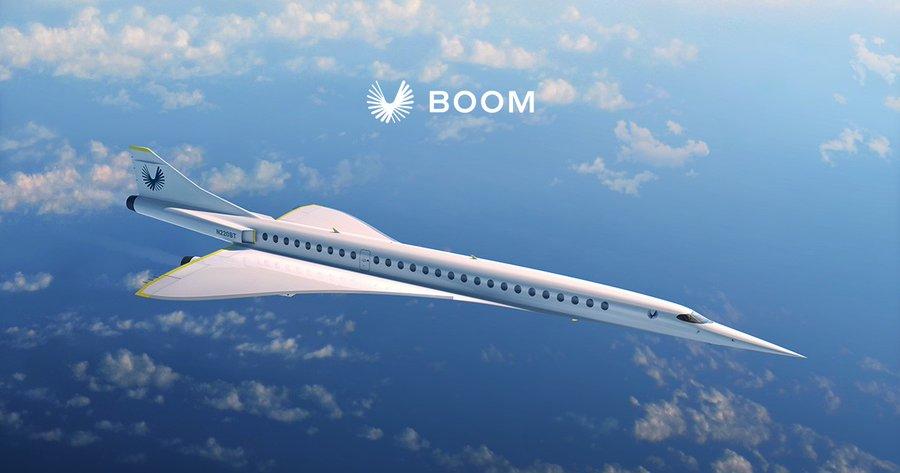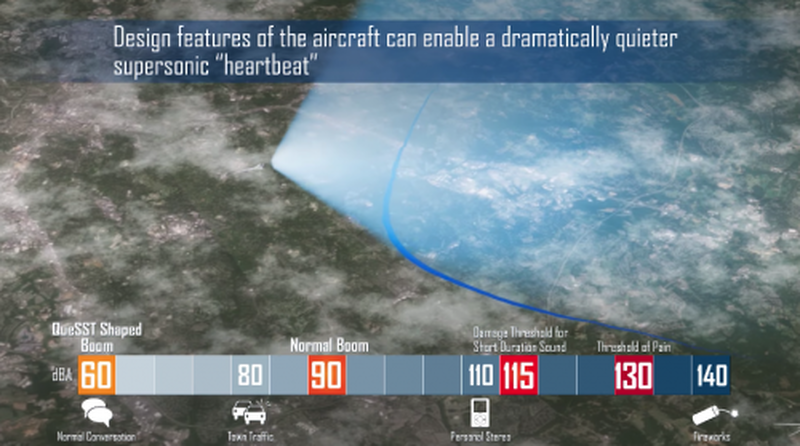Concorde 2.0? Boom Supersonic To Unveil Ultrafast Plane In October
Tyler Durden
Tue, 07/14/2020 – 02:45
It’s been 17 years since Aerospatiale/BAC Concorde, a turbojet-powered supersonic passenger airliner, flew passengers across the Atlantic at Mach 2.04 (1,341 mph). Come October, that could all change, as Boom Supersonic will unveil its supersonic demonstrator.

The Denver-based aerospace startup will rollout the XB-1 on October 7, powered by three GE J85-15 engines. The demonstrator will be one-third-scale but used in trial flights for the eventual debut of the 55-passenger Overture supersonic airliner by mid-2020s.
For the first time since Concorde, a new supersonic civil aircraft will be unveiled. XB-1 rolls out this October. You’re invited to see the event.
RSVP: https://t.co/Bzgmst1R4J#SupersonicReturns #XB1Rollout pic.twitter.com/PXdI2KuMvn
— Boom Supersonic (@boomaero) July 8, 2020
Supersonic travel was popular in the late 1970s, 80s, 90s, and early 2000s. Concorde was the only game in town, flying 20 jets (6 non-commercial aircraft) for 27 years. The end of commercial supersonic flight was in 2003 when Air France Flight 4590 struck debris on the runway and crashed shortly after takeoff.
“With XB-1, we’re demonstrating that we are prepared to bring back supersonic,” said Blake Scholl, Supersonic Boom founder and CEO. “We’re ensuring that the supersonic future is safe and environmentally and economically sustainable. We’ve learned that the demand for supersonic has grown even faster than we anticipated.”
Supersonic returns. Our supersonic demonstrator, XB-1, rolls out this October. See the aircraft paving the way for faster travel and RSVP at https://t.co/QyyAxNjIfm. pic.twitter.com/TIniq4QQBo
— Boom Supersonic (@boomaero) July 10, 2020
“To design and build XB-1, Boom has recruited a team of experts from around the industry, established supplier relationships, and built a strong safety culture. XB-1 is the first aircraft program to announce a 100% carbon-neutral flight test program. The company’s innovations include one of the highest-efficiency civil supersonic intakes ever tested, demonstrating Boom’s ability to deliver a breakthrough in propulsive efficiency for Overture. XB-1 will begin its test program later this year and is slated for first flight in 2021,” the release stated.

The aerospace startup said a full-scale aircraft (Overture) would take to the skies in the mid-2020s and shuttle passengers around the world at Mach 2.2 (1,688 mph) by 2030.

Before the pandemic, the company locked in more than $6 billion worth of pre-orders for Overture, which costs $200 million per plane, with buyers included Japan Airlines and Virgin Group.
The development of commercial supersonic jets has gained momentum in the last five years. In 2019, we noted NASA’s X-59 Quiet SuperSonic Technology (QueSST) plane is set to hit the skies in the near term. The purpose of the test flight is to design future planes that generate a sonic thump (rather than sonic boom) when planes travel faster than the speed of sound.
The good news for Boom Supersonic is that Overture won’t carry passengers until 2030 or at least five years after the global recovery in air travel will be seen from the 2020 virus-induced crash.
via ZeroHedge News https://ift.tt/2AUqqzE Tyler Durden
